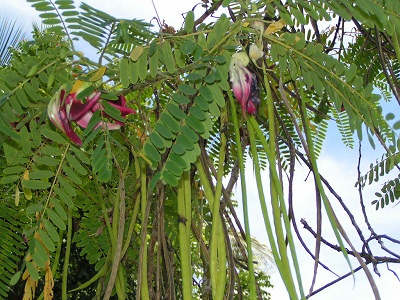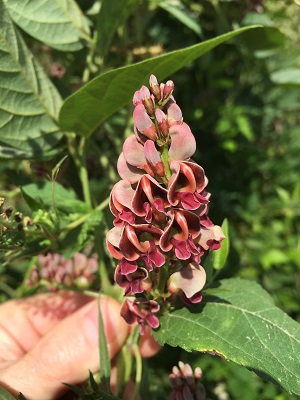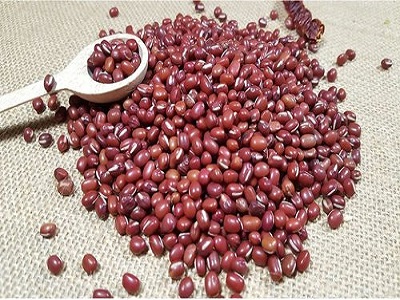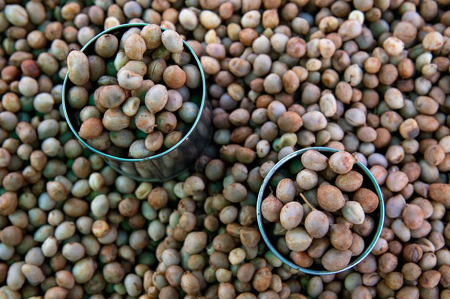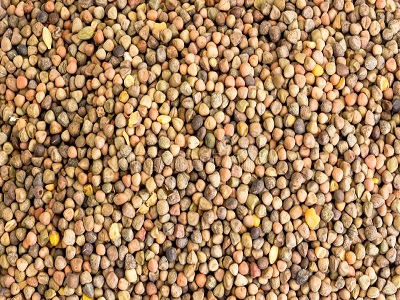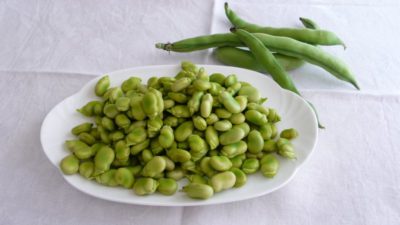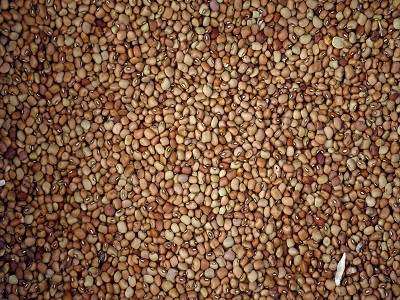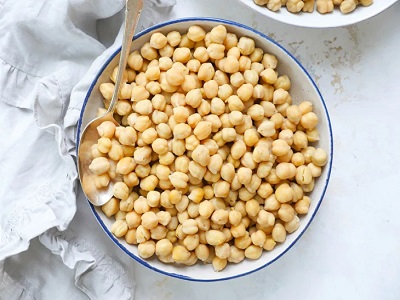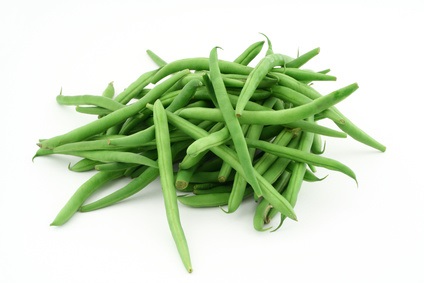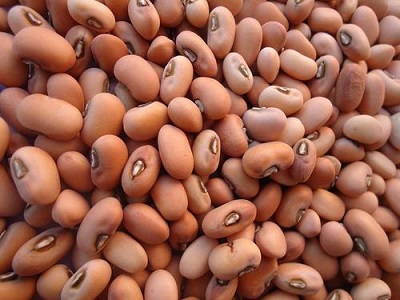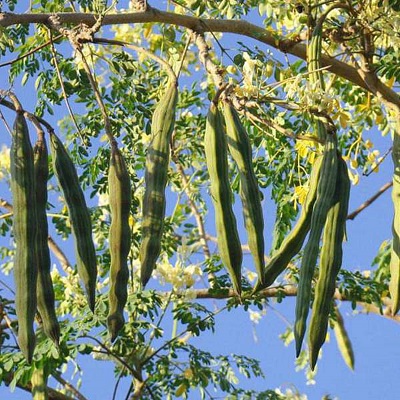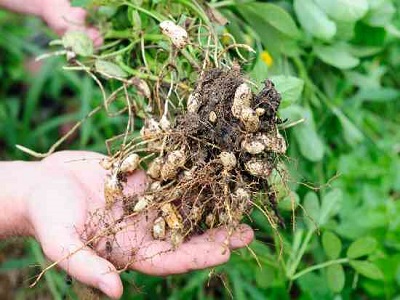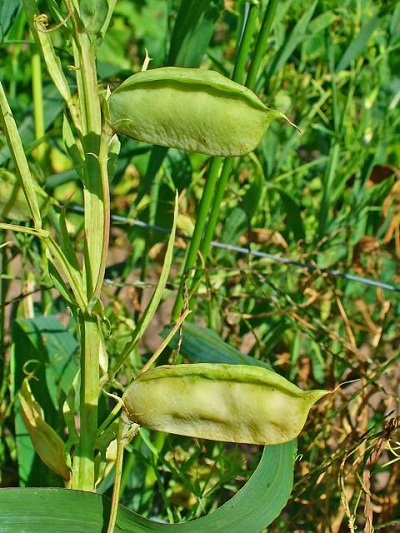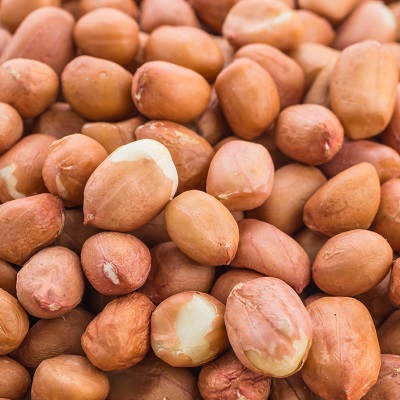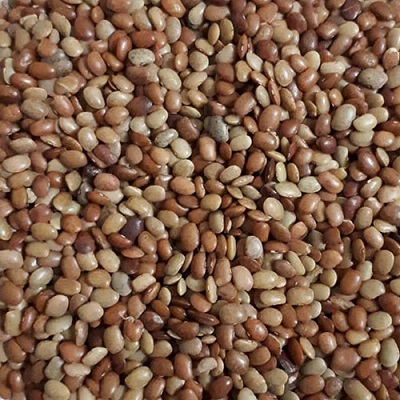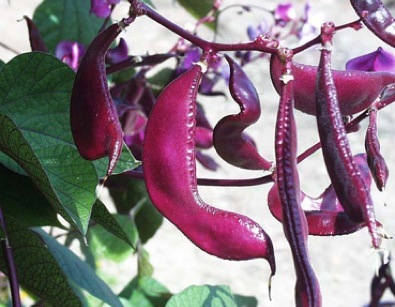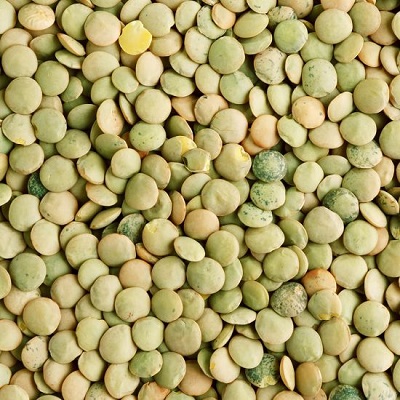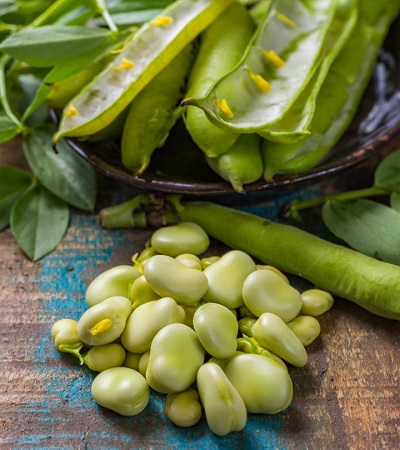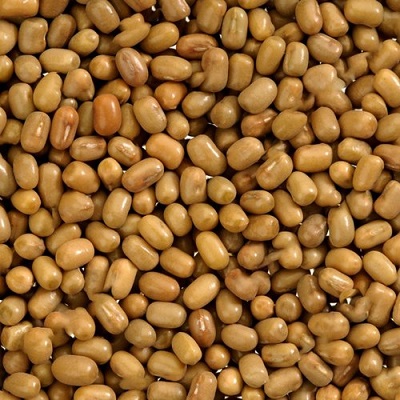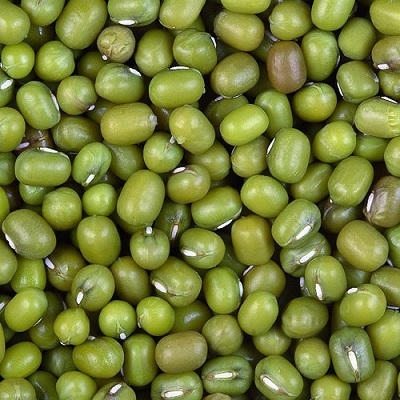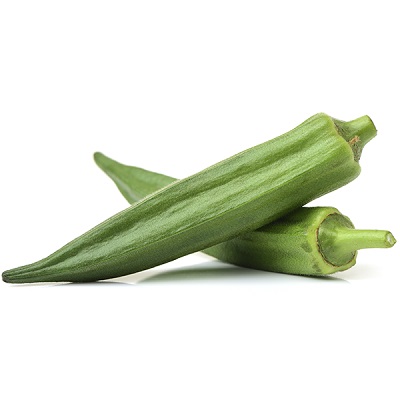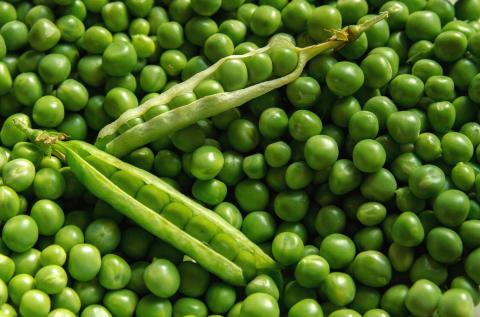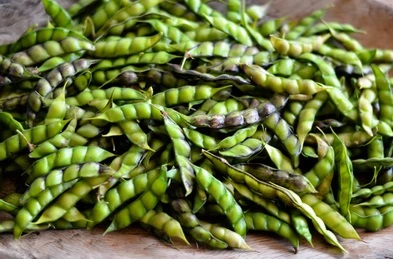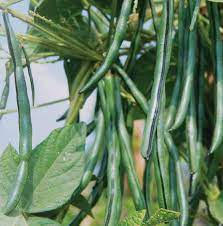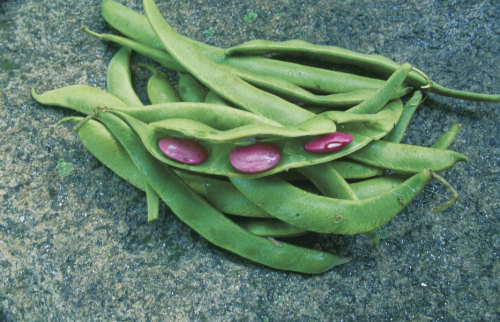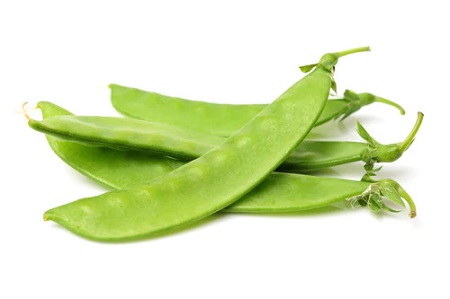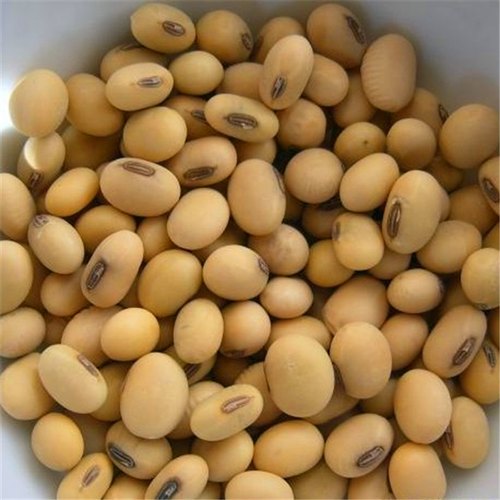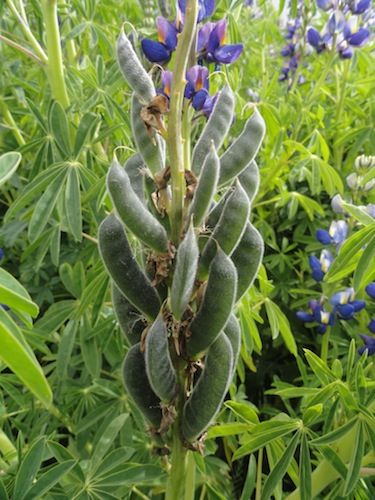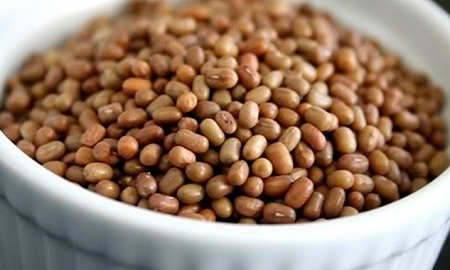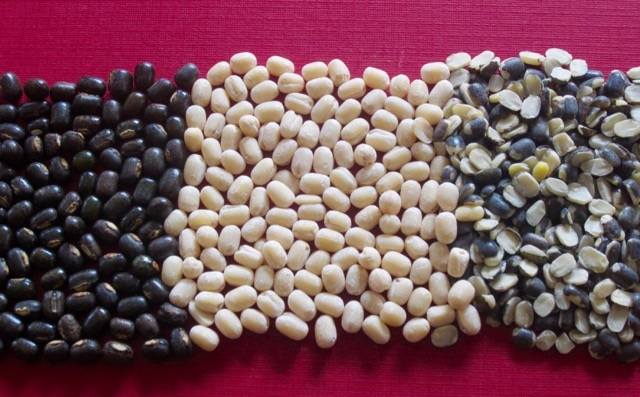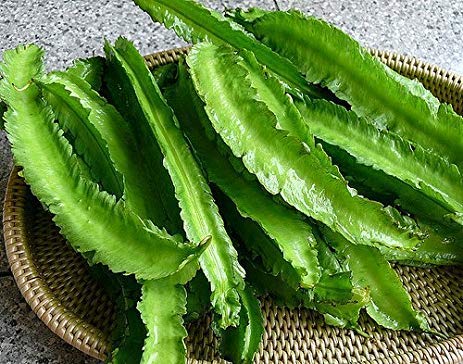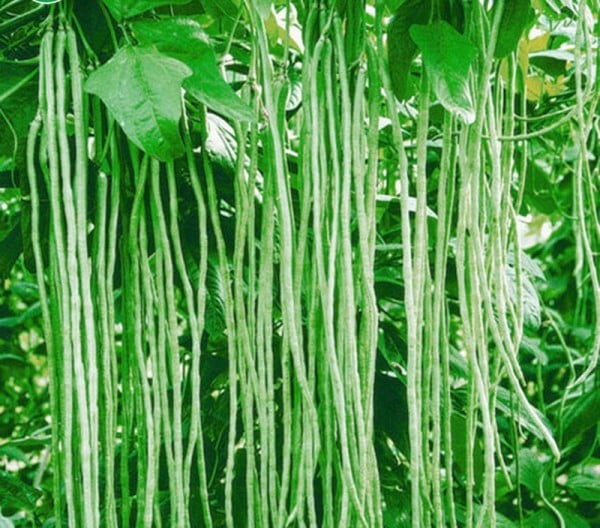List Of Vegetables
- Absinthe Interesting Facts

- Ahipa Nutritional Values

- Akudjura Various Uses

- Amaranth Health Benefits

- American Pokeweed

- Aniseed Myrtle Properties

- Aonori Summary

- Apple Mint Uses

- Arame Medicinal Uses

- Arracacha Nutritional Value

- Artichoke Nutrition Values

- Arugula Health Summary

- Asarabacca Various Uses

- Asparagus Healthy Eating

- Avocado Nutrition Benefits

- Bamboo shoots

- Basil Nutrition Guide

- Beans Beneficial Properties

- Bean sprouts

- Beet Greens Nutrition Facts

- Beets Health Benefits

- Bishop’s weed Various Uses

- Bitter Gourd Nutritional Value

- Black Beans Benefits

- Blue Fenugreek Various Uses

- Boldo Medicinal Values

- Bok Choy Health Benefits

- Borage Greens Medicinal Purposes

- Bottle Guard Aspects

- Broccoli Health Properties

- Broccoflower Nutrition Guide

- Broccoli Raab Nutrition Values

- Broadleaf Arrowhead Health Benefits

- Brussel sprouts Nutrition Summary

- Burdock Health Benefits

- Cabbage Health Facts

- Camas Health Benefits

- Cantaloupe Nutrition Guide

- Canella Uses

- Carrots Health Properties

- Cardoon Nutritional Value

- Carola Summary

- Cassava Health Properties

- Catnip Oil Benefits

- Catsear Flower Uses

- Celeriac Nutritional Value

- Celery Health Benefits

- Chard(Swiss & red)Nutrition Values

- Chaya Nutrition Facts

- Chervil Properties

- Good King Henry

- Chickweed Health Benefits

- Chickpeas Nutrition Summary

- Chile peppers Health Benefits

- Chinese Artichoke Uses

- Chinese Broccoli Nutritional Values

- Chinese cabbage Nutrition Values

- Chinese Mallow Aspects

- Chives Nutrition Guide

- Chrysanthemum Leaves Uses

- Cicely Unknown Benefits

- Cinnamon Myrtle Medicinal Value

- Collards Nutrition Facts

- Common Purslane Benefits

- Corn Health Values

- Corn Salad Interesting Facts

- Cress Medicinal Values

- Cucumber Health Benefits

- Culantro Leaves

- Curry Leaf Tree Origin

- Collard Greens Nutrition Facts

- Dabberlocks Interesting Facts

- Dandelion Health Benefits

- Dill Health requirements

- Drumstick Nutritional Value

- Dulse Health Benefits

- Earthnut Pea Properties

- Eggplant Nutrition Guide

- Elephant Foot yam Health Benefits

- Elephant Garlic Uses

- Endive Medicinal Properties

- Ensete Health Benefits

- Epazote Properties

- Fat Hen Interesting Facts

- Fingerroot Uses

- French Sorrel Health Facts

- Garlic Nutrition Values

- Gim seaweed Uses

- Ginger Flower Properties

- Ginger Medicinal Values

- Golden Samphire Aspects

- Greater Plantain Medicinal Uses

- Green onions Health Facts

- Green peas Nutrition Values

- Hijiki Nutritional Aspects

- Holy Basil Leaves

- Horseradish Health Benefits

- Onions Nutrition Guide

- Sea Beet Aspects

- Sea Lettuce Health Benefits

- Yam Nutritional Value

- Yarrow Medicinal Uses

- Zucchini Health Guide

- Podded Vegetables
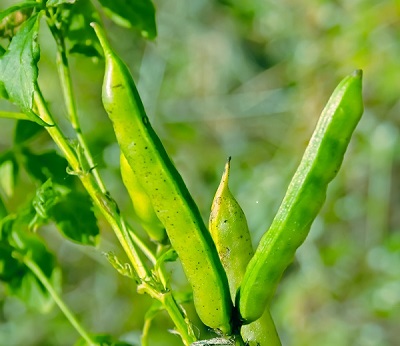
- Veggies by seasons

- Veggies did you know??

- Comparison of veggies!!!

- Veggies and it's origin

- Comical View of Veggies

- Categories of veggies

- Top Veggiess 100 To 91
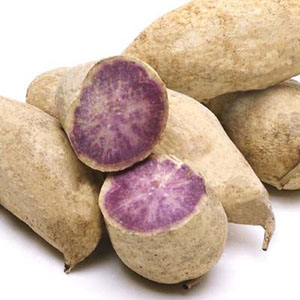
- Top Veggiess 90 To 81
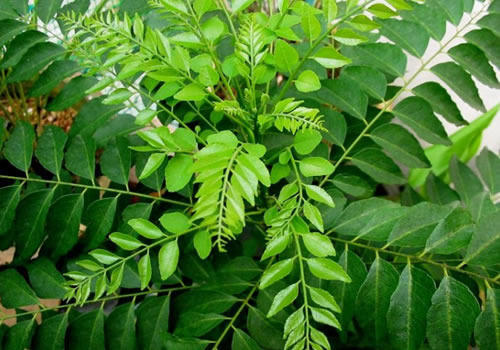
- Top Veggiess 80 To 71
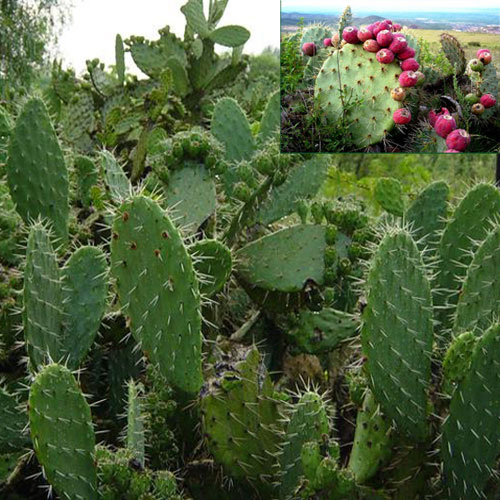
- Top Veggiess 70 To 61
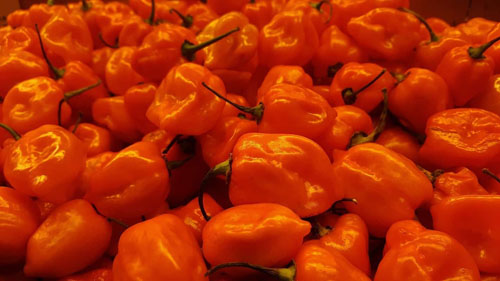
- Top Veggiess 60 To 51
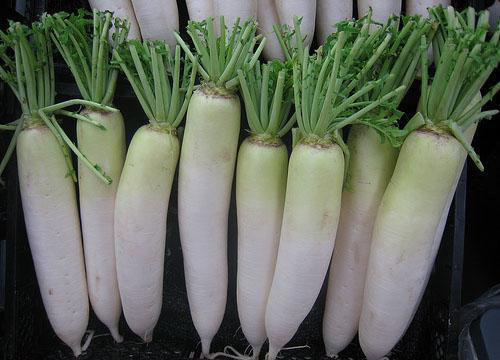
- Top Veggiess 50 To 41

- Top Veggiess 40 To 31

- Top Veggiess 30 To 21

- Top Veggiess 20 To 11
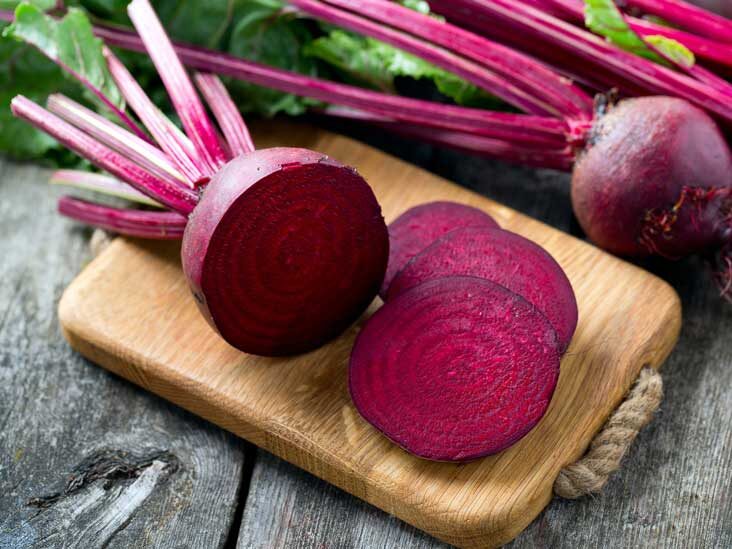
- Top Veggiess 10 To 01
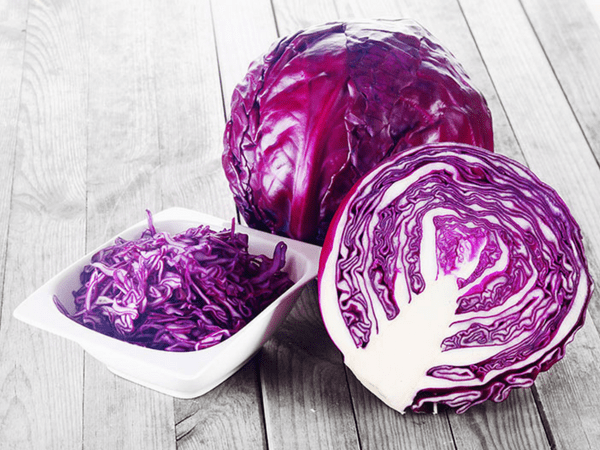
Veggie Picks
Podded Vegetables
Podded vegetables, popularly known as legumes, are seeds that are found inside two-sided pods.
In earlier days, legumes were known as a poor man's food.
However, with the passing years, they have been added to the diet of most people.
Podded vegetables are a rich source of proteins which help in providing the energy and strength required to carry out daily activities.
They also contain potassium, folic acid, complex carbohydrates, magnesium, iron, fibre and zinc.
A variety of dishes can be made with legumes which are healthy as well as delicious.
The category "Podded vegetables" includes legumes of which the fruit (a pod) is used as food. It includes two type of podded vegetables; those that are shelled before eating (e.g. garden peas), and those that are cooked and eaten whole (e.g. yard-long beans). Some plants that are not legumes produce pod-like fruits and are also included in this category.
LIST OF PODDED VEGETABLES
1) Agati
2) American groundnut
3) Azuki bean
4) Bambara groundnut
5) Bitter vetch
6) Broad bean
7) Catjang
8) Chickpea
9) Common bean
10) Cowpea
11) Drumstick tree
12) Geocarpa groundnut
13) Grass pea
14) Groundnut
15) Guar bean
16) Horse gram
17) Hyacinth bean
18) Lentil
19) Lima bean
20) Moth bean
21) Mung bean
22) Okra
23) Pea
24) Pigeon pea
25) Rice bean
26) Runner bean
27) Snow pea
28) Soybean
29) Tarwi
30) Tepary bean
31) Urad bean
32) Winged bean
33) Yard-long bean
AGATI
Flowers, young pods and leaves are eaten as vegetables. In Thailand the closed flowers are known as dok kae. They can be used cooked or steamed in soups and stews, but are also eaten raw in salads. Both the leaves and the flowers have culinary uses
AMERICAN GROUNDNUT
Apios americana, sometimes called the American groundnut, potato bean, hopniss, Indian potato, hodoimo, America-hodoimo, cinnamon vine, or groundnut is a perennial vine that bears edible beans and large edible tubers. The only place in the world today where American groundnuts are commercially farmed in any significant quantities is in Japan.
AZUKI BEAN
The azuki bean is a type of reddish-brown colored bean. It can also be spelled adzuki. The bean is grown in East Asia and the Himalayas. It is often boiled in sugar to make a red bean paste. This paste is used in Chinese, Korean, and Japanese cooking.
Adzuki beans are rich in nutrients, such as fiber, protein and manganese. They are linked to several health benefits, including weight loss, improved digestion and a lower risk of type 2 diabetes and heart disease. You can make them into a red bean paste, sprout them or simply boil them.
BAMBARA GROUNDNUT
The origin of the Bambara groundnut is West Africa and the region of cultivation is Sub-Saharan Africa's warm tropics. Bambara groundnut is commonly consumed as snack food after roasting or boiling. The seeds and the flour have also been used to produce a myriad of traditional foods in different parts of Africa. Bambara groundnut has nutritive value ranging between 57.9% to 61.7% carbohydrate and 24.0% to 25.5% protein content
BITTER VETCH
Bitter vetch is a common name for several plants and may refer to: Vicia ervilia, called bitter vetch or ervil, an ancient grain legume crop of the Mediterranean region. Vicia orobus, called wood-bitter vetch, a legume found in Atlantic areas of Europe. The grain when split resembles red lentils. For human consumption the bitterness of the seeds needs to be removed through leaching by several changes of boiling water. The grain is an excellent sheep and cattle feed concentrate. It has been held in high esteem by farmers in the Old World since the beginning of agriculture to improve the nutritional value of bulk feeds.
BROAD BEAN
It is widely cultivated as a crop for human consumption, and also as a cover crop. Varieties with smaller, harder seeds that are fed to horses or other animals are called field bean, tic bean or tick bean. Some people suffer from favism, a hemolytic response to the consumption of broad beans, a condition linked to a metabolism disorder known as G6PDD. Otherwise the beans, with the outer seed coat removed, can be eaten raw or cooked. In young plants, the outer seed coat can be eaten, and in very young plants, the seed pod can be eaten. Nutritionally, it is a good source of vitamins A and C, as well as potassium and iron. The bean has given its name to favism, a genetic condition that has been described since antiquity.
CATJANG
Catjang is a subspecies of cowpea. The catjang plant is native to Africa, and is an erect densely branched shrubby perennial of Old World tropics. It now grows in other warm regions, as well. In the US, it is grown primarily as fodder, but elsewhere is used as a food crop. The seeds are relished by quail, turkey, and other game birds. The plants, similar to other cowpeas, produce abundant foliage that is high in protein and an excellent food source for deer with better resistance to heavy grazing pressure than cowpeas. The seeds are relished by quail, turkey, and other game birds. The plants, similar to other cowpeas, produce abundant foliage that is high in protein and an excellent food source for deer with better resistance to heavy grazing pressure than cowpeas.
CHICK PEA
The name chickpea comes from the Latin word cicer, referring to the plant family of legumes, Fabaceae. It is also known by its popular Spanish-derived name, the garbanzo bean. Kidney beans, black beans, lima beans, and peanuts are other familiar foods found in this legume family.
Chickpea seeds are high in protein. It is one of the earliest cultivated legumes, and 9500-year-old remains have been found in the Middle East It also is important in Indian cuisine, used in salads, soups and stews, and curry, in chana masala, and in other meal products like channa. In 2019, India was responsible for 70% of global chickpea production.
COMMON BEAN
Common bean is an important medicinal plant throughout the world. It is used by farmers for jaundice treatment in southern Ethiopia. Because of their nutrient makeup and high fiber content, beans and other legumes are often classified as part of the vegetable food group. Common bean (Phaseolus vulgaris L.) is a major grain legume which is consumed worldwide for its edible seeds and pods
COW PEA
Cowpea, (Vigna unguiculata), also called black-eyed pea or southern pea, annual plant within the pea family (Fabaceae) grown for its edible legumes. The plants are thought to be native to West Africa and are widely cultivated in warm regions around the world. Due to its tolerance for sandy soil and low rainfall, it is an important crop in the semiarid regions across Africa and Asia. Like other legumes, cowpeas are cooked to make them edible, usually by boiling.Cowpeas can be prepared in stews, soups, purees, casseroles and curries. They can also be processed into a paste or flour. Chinese long beans can be eaten raw or cooked, but as they easily become waterlogged are usually sautéed, stir-fried, or deep-fried.
DRUMSTICK TREE
Moringa oleifera is a plant that is often called the drumstick tree, the miracle tree, the ben oil tree, or the horseradish tree. Moringa has been used for centuries due to its medicinal properties and health benefits. Moringa has many important vitamins and minerals. The leaves have 7 times more vitamin C than oranges and 15 times more potassium than bananas. It also has calcium, protein, iron, and amino acids, which help your body heal and build muscle.
GEOCARPA GROUNDNUT
The geocarpa groundnut, Kerstingiella geocarpa Harms, is grown only in the northern and upper regions of Ghana. The seeds of this crop are produced in 1-or 2- or rarely 3-loculed pods which mature on or under the soil surface. The fresh mature or dry seeds are used for food, and they serve as a source of protein supplement in the local diet. The seeds are also said to have medicinal and emetic properties.
GRASS PEA
Grass pea is a legume commonly grown for human consumption and livestock feed in Asia and East Africa. It is a particularly important crop in areas that are prone to drought and famine, and is thought of as an 'insurance crop' as it produces reliable yields when all other crops fail.
"Grasspea is relatively safe for humans if eaten in small quantities"
GROUNDNUT
Groundnut is the major oil seed crop in India and it plays a major role in bridging the vegetable oil deficit in the country. Groundnuts in India are available throughout the year due to a two-crop cycle harvested in March and October. Groundnut seed can be consumed raw (non-heated), boiled, and roasted and also used to make confections and its flour to make baked products. The groundnut shells are used for making particle boards or used as fuel or filler in fertilizer and feed industry. Groundnut haulms constitute nutritious fodder for livestock.
GUAR BEAN
Guar or cluster bean is a drought-resistant leguminous crop that is generally cultivated in northwest India and Pakistan for use as a vegetable, green fodder, and green manure, and for its seeds, as well as for the industrial extraction of guar gum Guar can be eaten as a green bean, but is more important as the source of guar gum. Young, fresh cluster beans have a narrow and long body with tiny pods. They are very popular vegetable.
HORSE GRAM
Horse gram powder does wonders in treating various health issues such as asthma, bronchitis, urinary problems, jaundice, peptic ulcer, haemorrhoids and even menstrual problems. It is also beneficial for extracting phlegm, and controlling fever. Horse gram may cause allergic reactions in some people and contains a type of carb that may cause gas and bloating. It also contains phytic acid, although its content can be reduced by cooking, soaking, and sprouting.
HYACINTH BEAN
Hyacinth beans contain a sufficient quantity of potassium which strengthens muscles and lessens muscle cramps. Minerals such as selenium, manganese and zinc also help tackle lung and respiratory diseases. This vegetable is a great mood booster as it contains amino acids which help to balance hormones.
LENTIL
Lentil , small annual legume of the pea family (Fabaceae) and its edible seed. Lentils are widely cultivated throughout Europe, Asia, and North Africa but are little grown in the Western Hemisphere. The seeds are used chiefly in soups and stews, and the herbage is used as fodder in some places. Lentils are low in sodium and saturated fat, and high in potassium, fiber, folate, and plant chemicals called polyphenols that have antioxidant activity.
LIMA BEAN
A lima bean , also commonly known as the butter bean. Lima beans are native to Peru, and have been cultivated for over 9,000 years. They are among the largest of the beans, and provide a tasty and nutritious food resource. Beans are packed with protein, fiber, and other nutrients, making them a superfood. Lima beans are an especially good source of iron. One cup of lima beans contains roughly one quarter of your daily recommended iron.
MOTH BEAN
Sprouted moth bean are a rich source of calcium and dietary fibre which play a prominent role in building stronger muscles and protecting the gut health. Moth beans, which have a nutty taste, can be eaten as sprouts or as split or even whole beans. It is mostly used in Maharashtra to make a stir fry called usal, and can also be combined with other masalas to make it into matki amti. It is also used in cheela, pulao, khichdi and chaat preparations.
MUNG BEAN
Mung beans are high in nutrients and antioxidants, which may provide health benefits. In fact, they may protect against heat stroke, aid digestive health, promote weight loss and lower "bad" LDL cholesterol, blood pressure and blood sugar levels. Mung beans are a type of pulse that has a good nutritional balance with plenty of vitamins and minerals.
OKRA
Okra is a flowering plant known for its edible seed pods. It's cultivated in warm and tropical climates, such as those in Africa and South Asia. Sometimes referred to as "lady's finger," okra comes in two colors — red and green. Both varieties taste the same, and the red one turns green when cooked. Okra is low in calories but packed full of nutrients. The vitamin C in okra helps support healthy immune function. Okra is also rich in vitamin K, which helps your body clot blood.
PEA
Pea, (Pisum sativum), also called garden pea, herbaceous annual plant in the family Fabaceae, grown virtually worldwide for its edible seeds. Peas are a good source of vitamins C and E, zinc, and other antioxidants that strengthen your immune system. Other nutrients, such as vitamins A and B and coumestrol, help reduce inflammation and lower your risk of chronic conditions, including diabetes, heart disease, and arthritis.
PIGEON PEA
Known in Hindi as "toor dal," split pigeon peas are one of the most popular pulses in India. Pigeon peas contain dietary fiber, potassium and helps to lower the cholesterol levels which helps to maintain cardiovascular health. Potassium lowers the strain on the heart by reducing the blood pressure. It helps to prevent atherosclerosis thereby keeping the heart healthy and the body fit.
RICE BEAN
Rice bean is useful for livestock feeding. The vegetative parts can be fed fresh or made into hay and the seeds are used as fodder. Rice bean straw, the crop residue of the seed harvest, indudes the stems, leafy portions, empty pods, and some seeds.
RUNNER BEAN
They are even called Oregon lima beans, where they are gaining popularity as an alternative to the long season limas. The seeds are shaped like lima beans and are usually black with speckles of red or purple. Runner bean seeds - be they black, white or, more usually purple with black streaks - are all edible. Soak them until they are plump, and then make sure they boil for at least 10 minutes to destroy the toxins that are in all drying beans. Then continue to cook as usual.
SNOW PEA
The snow pea is an edible-pod pea with flat pods and thin pod walls.It is eaten whole, with both the seeds and the pod, while still unripened. Due to their vitamin C, vitamin K and fiber content, both sugar snap and snow peas may offer various health benefits, including reduced heart disease risk, improved blood pressure control, gut health and weight loss.
SOYBEAN
Soybeans and soy foods may reduce the risk of a range of health problems, including cardiovascular disease, stroke, coronary heart disease (CHD), some cancers as well as improving bone health. Soy is a high-quality protein – one or two daily serves of soy products can be beneficial to our health. Soybeans are high in protein and a decent source of both carbs and fat. They are a rich source of various vitamins, minerals, and beneficial plant compounds, such as isoflavones. For this reason, regular soybean intake may alleviate the symptoms of menopause and reduce your risk of prostate and breast cancer.
TARWI
Like soybeans, their taste is salty and nutty, and their texture is firm. You can find tarwi in some Hispanic or Italian markets. They are usually sold soaked and pre-treated to remove the bitterness, and packaged either vacuum-sealed or in glass jars . It is grown throughout the Andes, from Colombia south to Argentina and Chile, but like many of the traditional Andean crops, its use declined following the Spanish conquest.
TEPARY BEAN
Tepary Beans (Moth Dal) is vernacularly known as Matki in the Indian subcontinent. It is an herbaceous creeping annual plant that draws its existence from the Fabaceae family and Faboideae subfamily. Tepary beans are cultivated for their high protein and soluble fiber which are advertised as aiding in the control of cholesterol and diabetes. The plant is highly drought and disease resistant, and provide a quick but small harvest that is high in nutritional value. Teparies contain a high proportion of protein and many other valuable nutrients including iron, niacin and calcium.
URAD BEAN
Black Gram, also known as "Urad Dal," are pulses that, although commonly called lentils, are actually related to cowpeas and mung beans. They originated in India, where they are still an important culinary ingredient, used in popular dishes such as dal makhani, dosa and papadum. It is also extensively used in South Indian culinary preparations. Black gram is one of the key ingredients in making idli and dosa batter, in which one part of black gram is mixed with three or four parts of idli rice to make the batter.
WINGED BEAN
Winged bean tubers can be boiled, steamed, baked, fried, roasted and even made into chips. The immature pod, the plant's most popular part, can be eaten raw, pickled or cooked in water, coconut milk or oil. Winged bean, a high protein crop, is one of the important underexploited legumes of the tropics. All the plant parts, viz., seeds, immature pods, leaves, flowers and tubers are edible. Mature seeds contain 29 to 37% proteins and 15 to 18% oil. It has fairly good amounts of phosphorus, iron, and vitamin B.
YARD LONG BEAN
Yardlong beans is a Podded veggie which have long vines, often growing 8 to 12 feet tall. Except for dwarf, bush varieties, you will need to give them a tall support or grow them along a fence. Long beans is a low calorie vegetable and hence can be consumed by those on weight loss. It has fair amounts of Vitamin A and good amounts of Vitamin C. Being a green vegetable, it is rich in phyto chemicals and antioxidants, thus plays an important role in fighting cancer and delays aging
